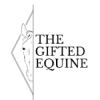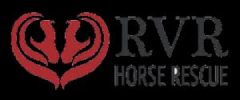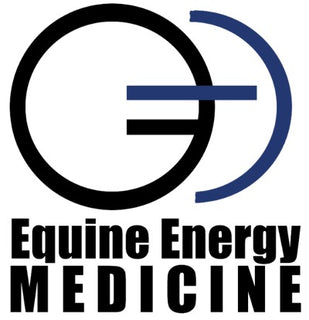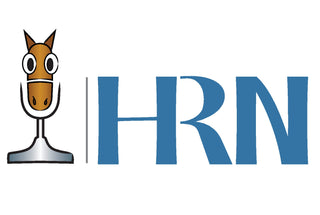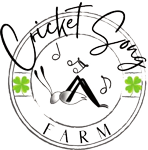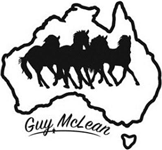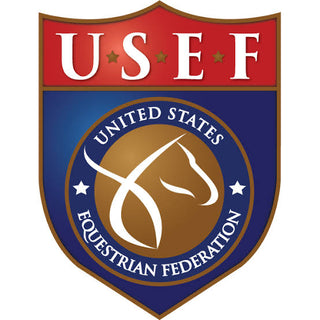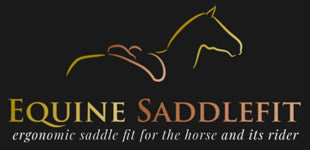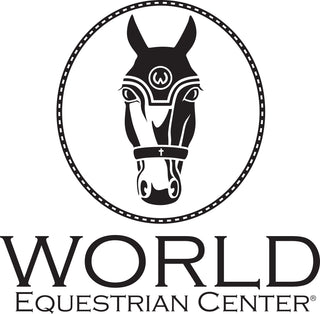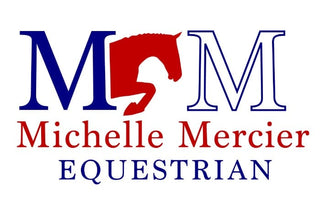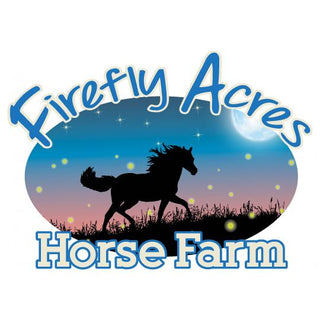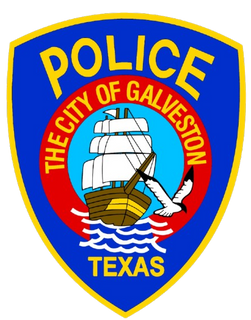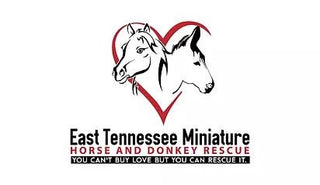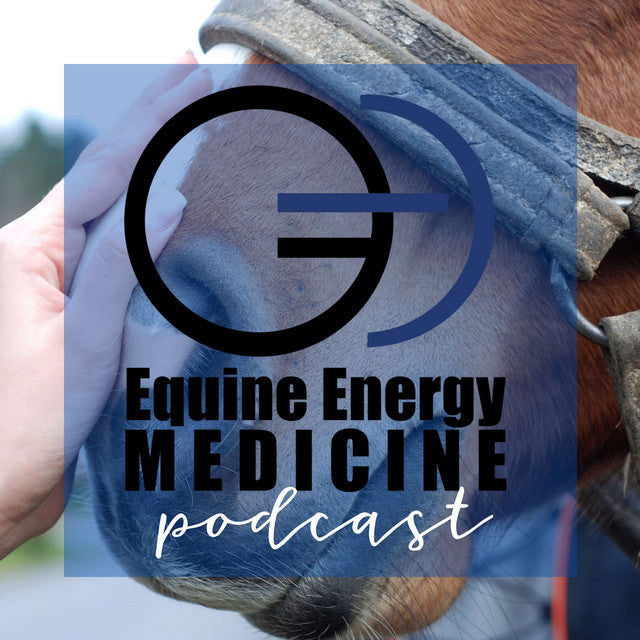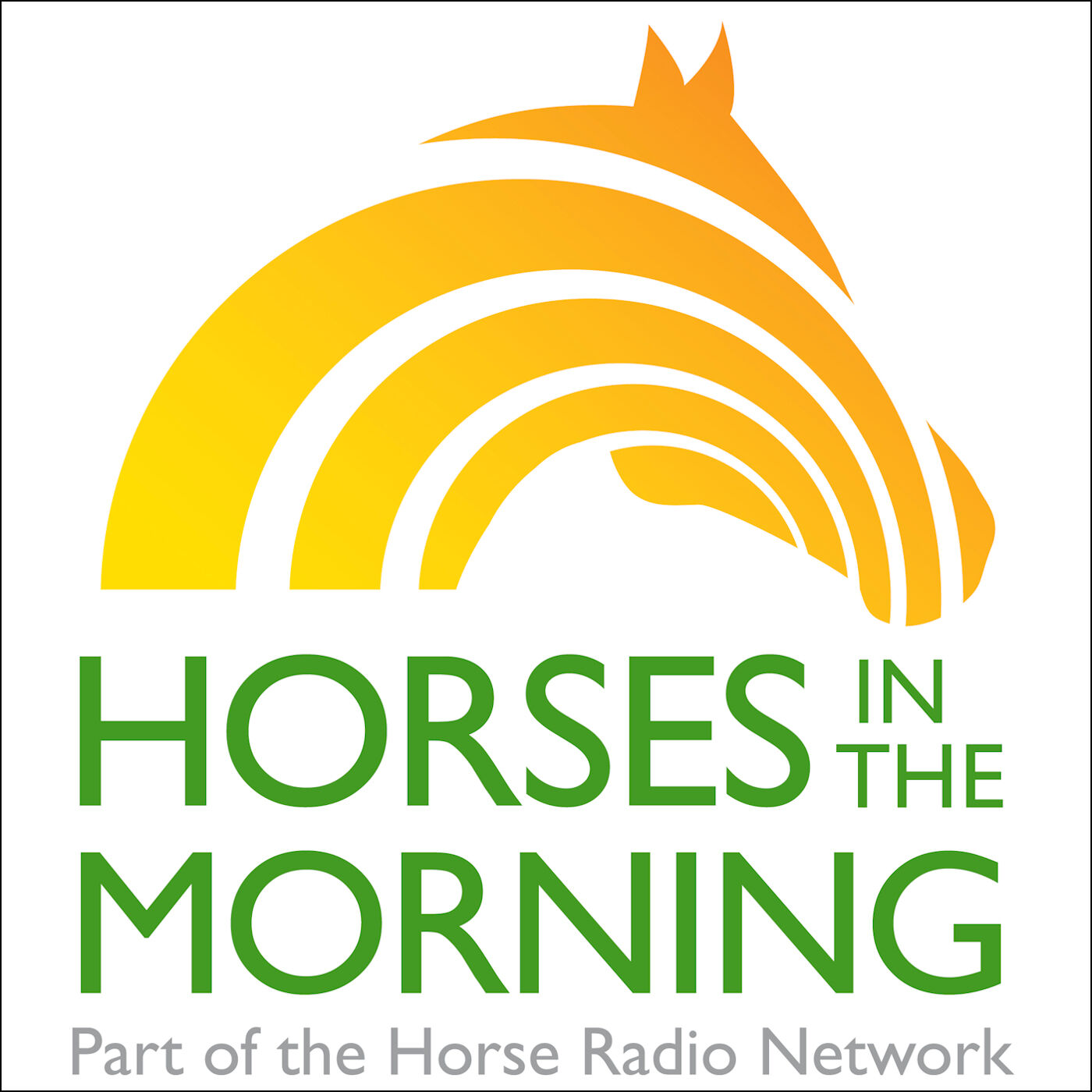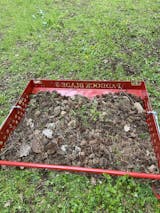Have you ever pushed your horse through a competition round, only to wonder later if maybe you asked for too much? You're not alone.
Fatigue in competition horses, especially at upper levels, is a growing concern. The reality? Stewards often miss it. The responsibility, like it or not, falls squarely on us as riders.
Recognizing the early warning signs and respecting them isn’t just good horsemanship, it's critical to the health, safety, and dignity of our equine partners.
Recognizing the Early Signs of a Tired Horse
You don't need to wait for dramatic collapses or refusals. Fatigue whispers before it screams. Early detection makes all the difference in preserving your horse’s mind and body.
Look for a slight delay in responses. A normally enthusiastic horse that suddenly becomes "sticky" or sluggish isn't being lazy; he’s asking for help.
Why Ignoring Fatigue Puts Horses at Risk
Pushing a tired horse leads to serious injury or breakdown. Fatigue diminishes coordination, slows reaction times, and heightens the risk of catastrophic accidents over fences or on uneven terrain.
Moreover, chronic fatigue without proper management compounds over time, causing stress fractures, soft tissue injuries, and mental burnout.
Ignoring the signs isn’t tough riding - it’s negligent riding.
Key Physical Signs of Horse Exhaustion
When your horse starts showing physical exhaustion, the signs are often clear if you know what to watch for:
Drooping Ears and Heavy Breathing
The first giveaway? A noticeable droop in the ears or a hollow, labored breathing pattern. Unlike the normal post-effort breathing recovery, tired horses struggle to regain regular breathing even after easier segments.
Labored Movement and Stumbling
Tired horses begin to move differently. They might stumble, drag toes, or lose rhythm between movements. If you notice uncharacteristic trips or sluggish departures, it’s time to rethink continuing.
Behavioral Cues Your Horse is Struggling
Not every clue is physical. Sometimes, your horse is telling you through behavior.
Loss of Responsiveness to Aids
If your horse, usually light to your aids, suddenly feels dull or requires exaggerated corrections, that’s not bad behavior, it’s fatigue. Overriding at this point only deepens the problem.
Uncharacteristic Resistance or Tail Swishing
Tail swishing, pinned ears, head tossing, especially from normally agreeable horses, may indicate they're struggling, not protesting.
Subtle Clues Upper-Level Riders Must Catch
In upper-level riding, expectations are higher, but that doesn't give a pass to ignore fatigue signs.
Decrease in Jump Sharpness and Enthusiasm
Is your horse losing that signature "pop" over fences? A decrease in impulsion and bascule signals tiredness creeping in.
Lagging Between Fences or Obstacles
Horses that slow between efforts, rather than building, are conserving energy because they have none left to spare.
Common Mistakes Riders Make When Horses Fatigue
-
Blaming attitude over recognizing fatigue
-
Overusing spurs or whips instead of reevaluating
-
Finishing the course "because you're almost done"
This mindset is where preventable injuries and broken partnerships are born.
The Role (and Limits) of Competition Stewards
Stewards do their best, but they’re human, with limited time and broad responsibilities. Catching subtle signs of fatigue mid-round? Rarely happens. Their job is oversight, not micromanagement.
Thus, the ultimate safeguard must always be you, the rider.
Why Riders Must Assume Responsibility
We owe it to our horses to monitor their health minute by minute. No ribbon or title justifies overlooking clear cries for rest. In today’s sport, rider responsibility is necessary.
The modern rider must think beyond scoresheets and placings. True greatness comes from knowing when to say “enough” and putting your horse’s wellbeing above personal ambitions.
How to Train Yourself to Spot Fatigue Quickly
Training your eye and instinct to recognize horse fatigue starts with daily practice:
-
Observe breathing patterns after varied efforts
-
Notice subtle posture changes when your horse tires
-
Video your rides and study when performance dips
-
Ride with empathy, feeling for even slight resistance or loss of power
The better you know your horse's baseline behaviors, the quicker you'll catch deviations.
Recovery and Care After a Tiring Ride
Proper post-ride care is crucial after any strenuous effort:
-
Immediate cooling with water and walking
-
Electrolytes and hydration management
-
Careful leg inspections for swelling or heat
-
Short, easy hacks the next day instead of total stall rest
Never underestimate how much a tired body benefits from gentle movement and TLC.
Prevention Tips: Keeping Your Horse Fresh and Safe
Prevention starts at home:
-
Tailored conditioning programs
-
Avoiding overcomplicated warmups
-
Knowing your horse’s limits and listening to them
On competition days, smart choices like saving energy for critical phases, keeping warm-ups short but effective, and monitoring surface conditions can prevent hitting dangerous fatigue thresholds.
Signs It's Time to Retire During a Round
Sometimes, the best ride you can give is the one you don’t finish:
-
Repeated stumbles
-
Heavy, hollow breathing between efforts
-
Mental “shut down” or complete loss of focus
-
Clear physical distress
Choosing to retire isn’t a failure. It’s horsemanship at its finest.
Competitions are exciting. Winning feels incredible. But at the end of the day, nothing, no ribbon, no score, matters more than the welfare of the horse beneath you.
Learning to recognize fatigue early isn’t a "nice to have" skill anymore. It’s a must. As stewards of these incredible animals, we must ride smarter, listen harder, and always, always choose kindness over ambition.
Because a horse that trusts you to listen when he says he’s tired is a horse that will give you everything when he’s ready.
FAQs
How can I tell if my horse is tired during a competition?
Look for subtle signs like slower responses, heavy breathing, labored movement, loss of impulsion, and behavioral changes.
What happens if I ignore the signs of fatigue in my horse?
Ignoring fatigue increases the risk of serious injury, accidents, and long-term health issues for your horse.
Are competition stewards responsible for pulling tired horses?
While stewards oversee safety, ultimate responsibility for pulling a tired horse lies with the rider.
Can a horse recover quickly from fatigue if caught early?
Yes! Early detection and immediate care can help horses bounce back much faster and prevent longer-term damage.
What’s the best way to prevent horse fatigue in competitions?
Proper conditioning, short warmups, knowing your horse’s limits, and early intervention are key.
Is it considered a failure to retire mid-competition?
Not at all. Choosing to prioritize your horse’s welfare is the highest form of good sportsmanship.











